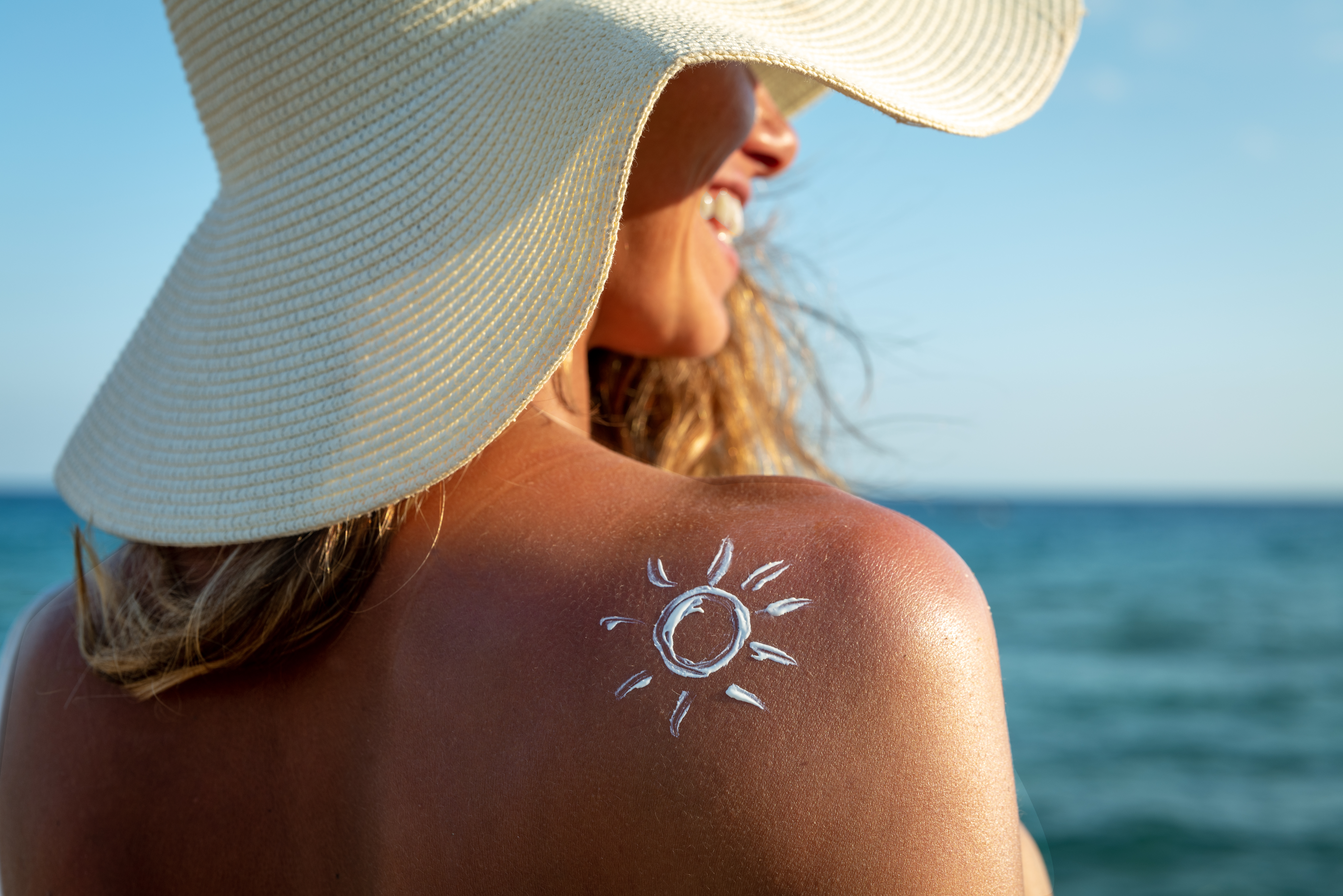
Why Sun Exposure and Laser Treatments Don’t Mix
Laser treatments are a popular solution for everything from hair removal and acne scars to skin resurfacing and pigmentation correction. But while the results can be transformative, there’s a crucial factor that often goes underestimated: sun exposure. If you’re planning a series of laser or light-based sessions or recovering from one, staying out of the sun is not just a recommendation, it’s a necessity.
How Laser Treatments Work
Laser and light-based treatments target specific skin concerns using focused light energy. Depending on the type of treatment, lasers can remove damaged skin layers, stimulate collagen production and break down pigment. However, this process also makes your skin more vulnerable as it temporarily compromises its natural protective barrier.
The Risks of Sun Exposure Post-Treatment
1. Increased Sensitivity
Laser-treated skin is highly sensitive and can react more intensely to UV rays. Even a short amount of unprotected sun exposure can cause irritation, redness, swelling, or burning.
2. Hyperpigmentation
One of the most common side effects of sun exposure after a laser treatment is post-inflammatory hyperpigmentation (PIH). This occurs when UV rays trigger melanin production in healing skin, causing dark spots that can be difficult to treat—and may require more laser sessions to fix.
3. Hypopigmentation
In some cases, excessive sun exposure can lead to the opposite problem: loss of pigment in the treated area, resulting in lighter patches of skin that may be permanent.
4. Delayed Healing
Sun exposure can slow down your skin’s recovery process. Prolonged healing increases the risk of infection, scarring, and unsatisfactory results.
5. Compromised Results
You’ve invested time and money to improve your skin’s appearance. Sun damage not only works against these goals but can also completely negate the benefits, leading to more sessions, higher costs, and longer recovery.
How to Protect Your Skin
To ensure the best outcomes from your laser treatments, take these precautions:
- Avoid direct sun exposure for at least 2 weeks before and after treatment (your provider may recommend longer).
- Use broad-spectrum SPF 30 or higher every day—even on cloudy days or indoors near windows.
- Wear protective clothing, wide-brimmed hats, and sunglasses.
- Schedule treatments in fall or winter, when UV levels are lower.
- Follow your provider’s aftercare instructions.
Laser and light-based treatments are not out of the question during summer months if you are extremely cautious of your sun exposure. Your skin is at its most vulnerable during and after laser treatments, so protecting your skin from the sun isn’t just about comfort, it’s essential for healing, safety and effective results.
So next time you book a laser appointment, think of sunscreen and shade as part of your treatment plan. Your skin will thank you!
